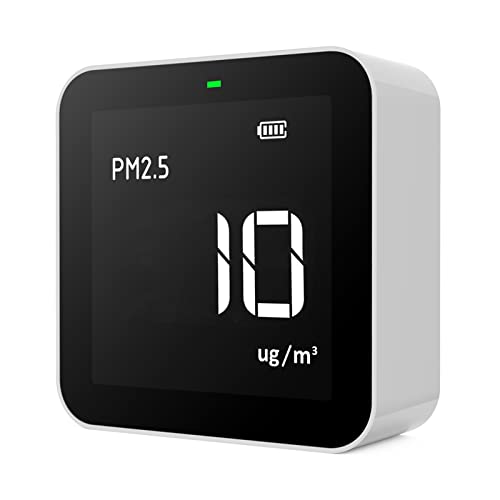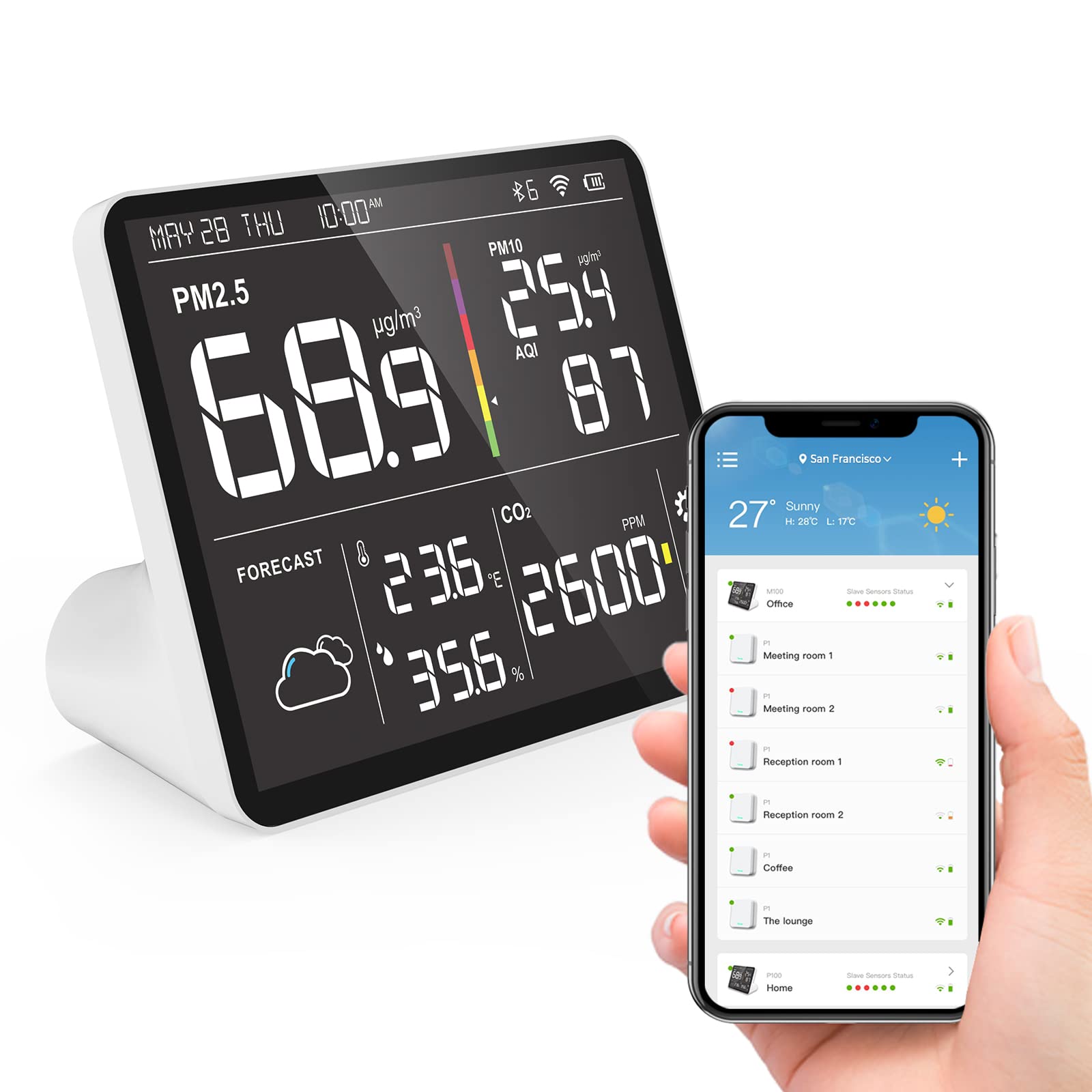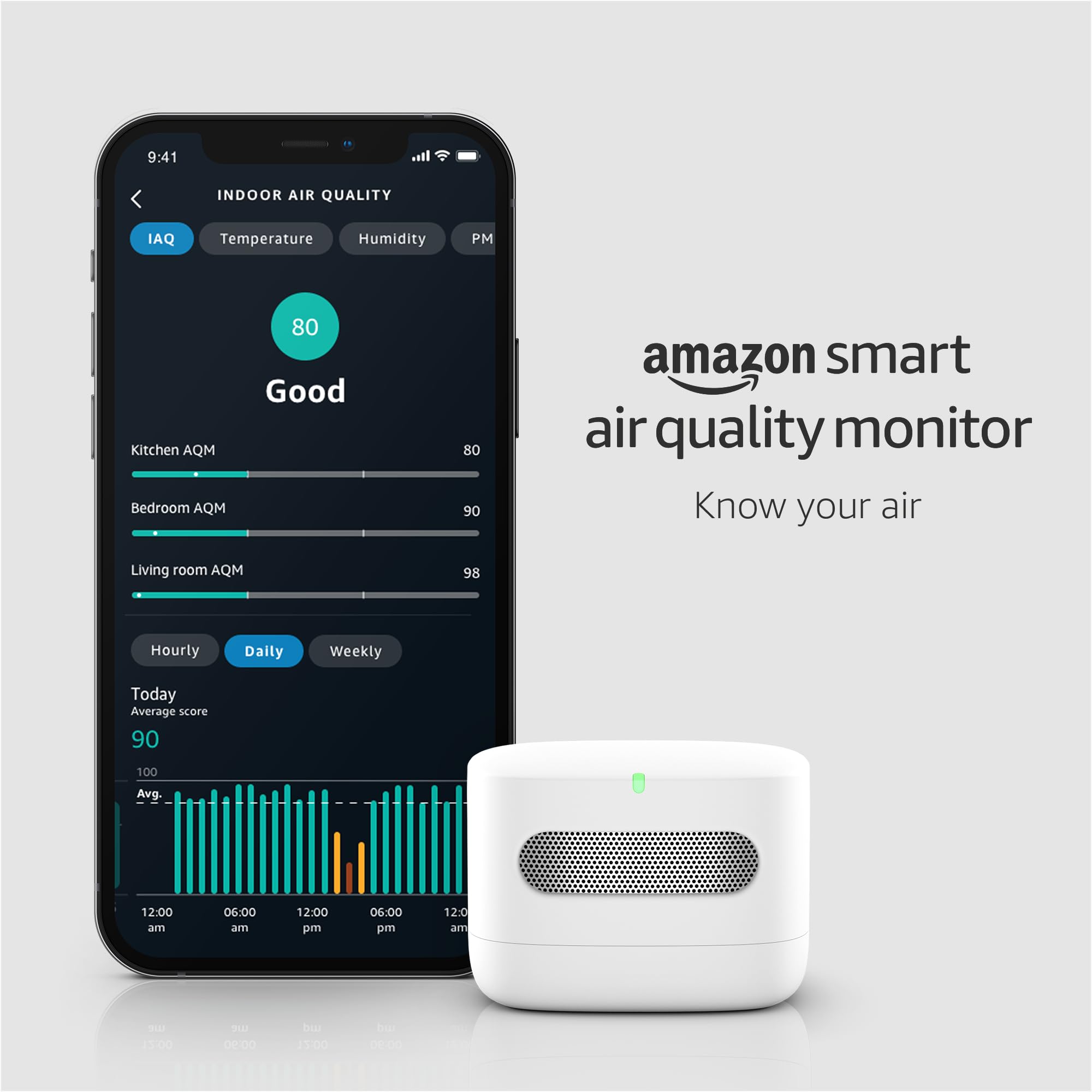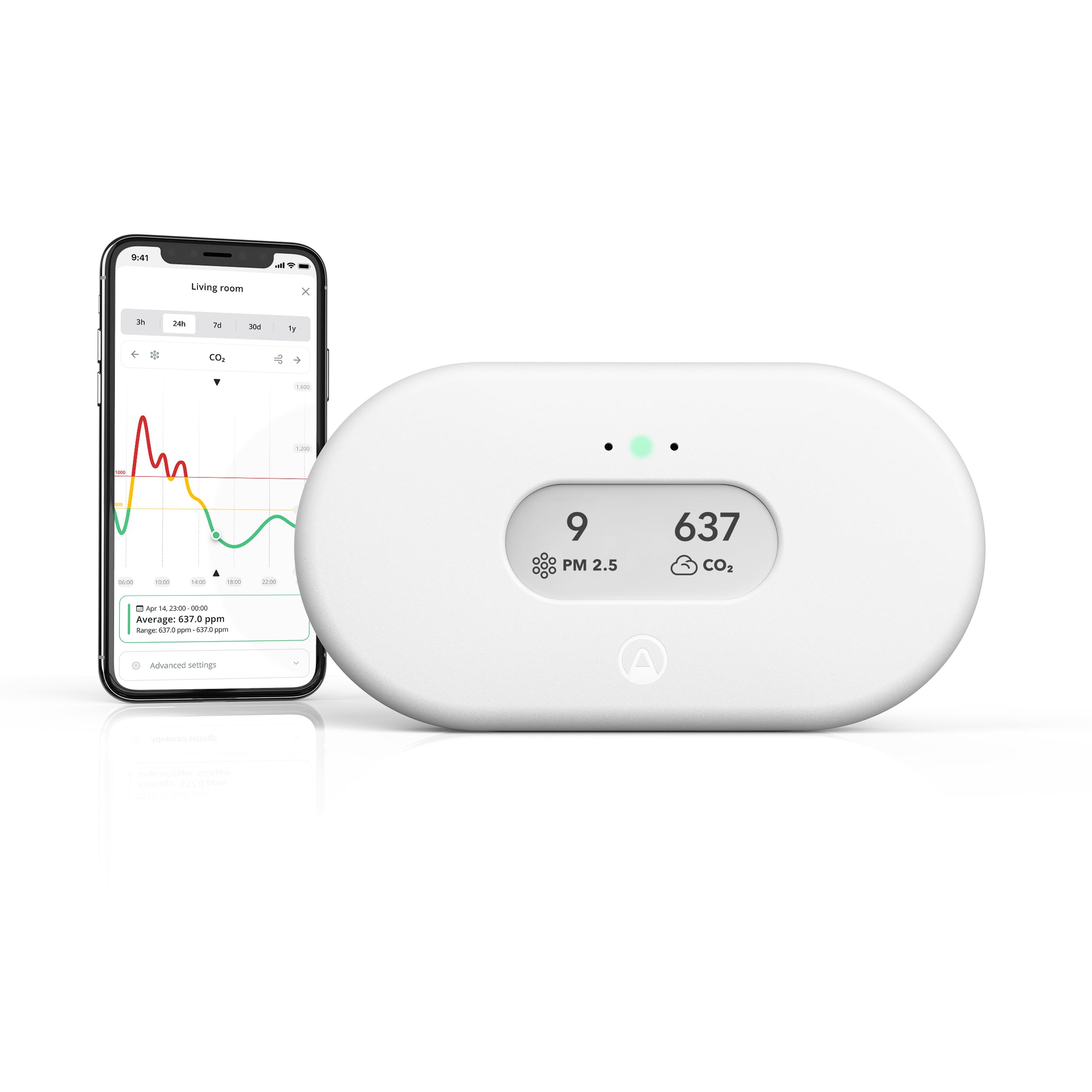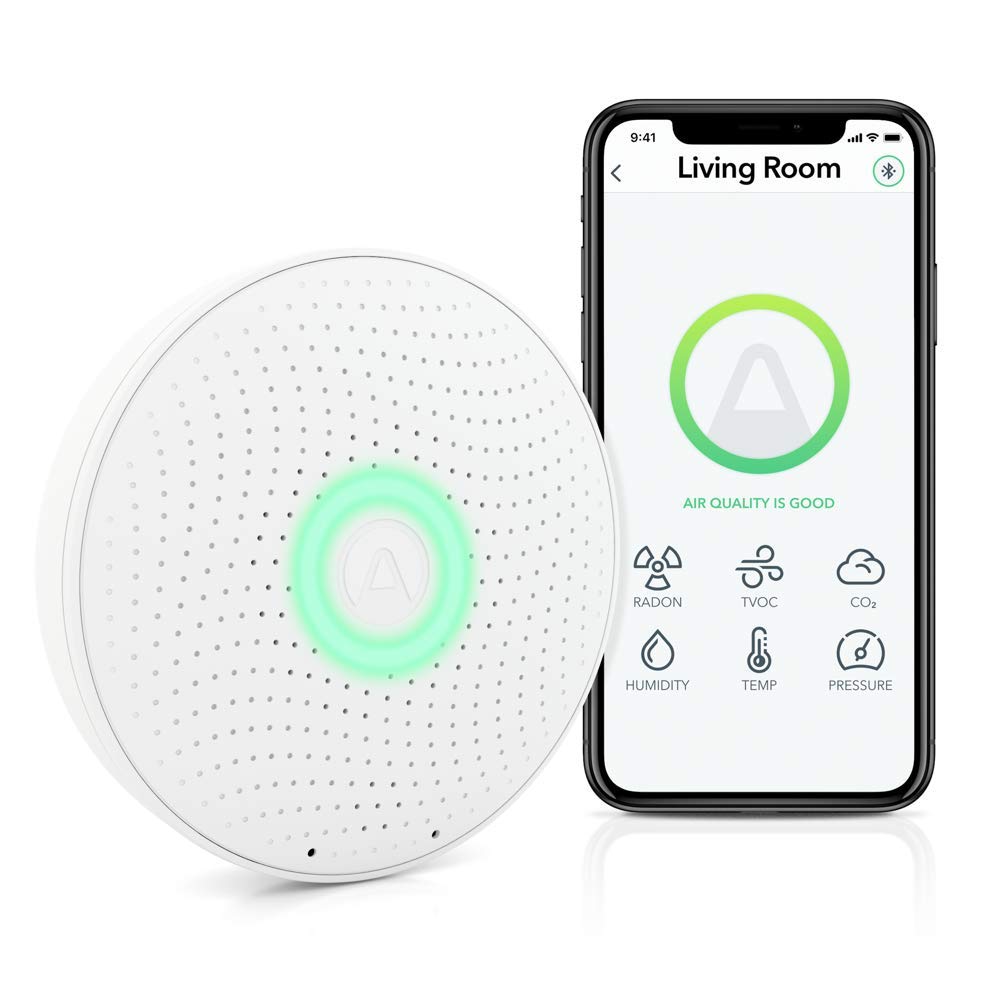Air Quality Monitors
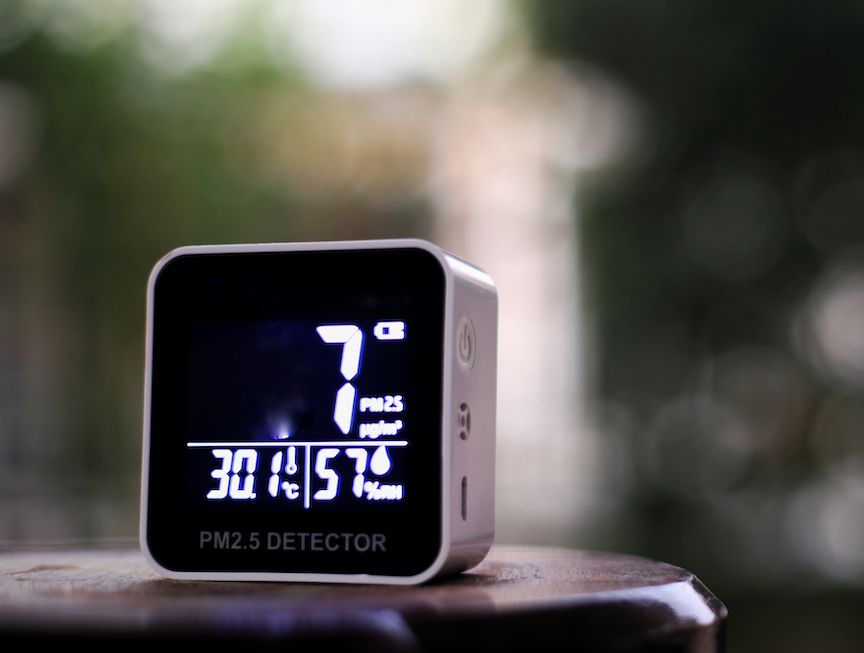
The quality of the air you breathe can have a significant impact on your sleep. Think about it: you sleep for six to eight hours a night in one room, breathing the same air.
Air quality monitors measure things like pollutants, allergens, and humidity to provide an overall picture of the condition of the air you breathe every night when you sleep.
See how your sleep quality stacks up.
Start here to get a baseline on how well you sleep and where you can improve.
What Air Quality Monitors Do
An air quality monitor cannot directly help you sleep. Air purifiers, humidifiers, and dehumidifiers do that. What an air quality monitor does is help you know if you need a device and which one to buy.
How an Air Quality Monitor Can Help with Sleep
Air quality monitors detect the presence of allergens and pollutants, determine humidity, identify temperature, and detect harmful gasses. After gathering this data, you can then make an informed choice about what air system you need.

Optimize Your Room for Sleep Hygiene
Sleep hygiene refers to your sleep routine and the physical state of your bedroom. Discover the simple steps you can take to improve your bedroom environment and boost both the quality and quantity of your sleep.
Learn MoreHow to Choose an Air Quality Monitor
- Basic: Affordable, simple CO2 & PM monitoring.
- Advanced: Multi-sensor detection, smart features, AQI display.
- Portable: Travel-friendly, spot-check air quality in different rooms.
- Plug-in: Continuous monitoring, real-time data on a central device.
Types of Air Quality Monitors
- CO2 & VOCs: Track indoor air freshness and potential chemical fumes.
- PM2.5 & PM10: Monitor tiny, harmful airborne particles like dust, smoke or allergens.
- Smart Features: App control, alerts, data trends, air quality index (AQI).
- Other Pollutants: Some models target specific pollutants, like formaldehyde and more.
Who Might Benefit from an Air Quality Monitor
- Allergy & Asthma Sufferers: Track triggers like pollen and dust mites, adjust air purifiers, and breathe easier.
- Newborn & Baby Homes: Protect lungs from household pollutants and create a healthy nursery environment.
- Smokers & Cooking Enthusiasts: Keep tabs on indoor smoke and harmful VOCs emitted from cooking, especially in poorly ventilated spaces.
Who Would Not Benefit from an Air Quality Monitor
- Individuals Without Existing Respiratory or Allergic Conditions: Those who do not have existing respiratory or allergic conditions may not see a significant benefit from monitoring indoor air quality for sleep improvement.
- Over-Reliance on Technology: People who excessively depend on technological solutions for health and well-being might overlook the broader aspects of sleep hygiene and overall health.
- Misinterpretation of Data: Individuals who may not correctly understand or interpret the data provided by air quality monitors might not benefit effectively.
- False Sense of Security: Relying solely on air quality improvements can lead to a false sense of security, neglecting other important factors like sleep hygiene, physical health, and mental well-being, which also play significant roles in sleep quality.

Relevant Research - Air Quality Monitors
Indoor air quality monitors (IAQs) are used to assess the air quality within indoor environments, and their relation to sleep quality has been explored in research. These devices can detect pollutants like volatile organic compounds (VOCs), particulate matter, allergens, and harmful gasses such as carbon monoxide and radon. However, it's important to note that IAQ monitors themselves do not directly improve sleep quality; rather, they serve as diagnostic tools to identify issues in air quality that could be addressed with solutions like air purifiers or humidifiers/dehumidifiers (Indoor air).
One particular study highlighted the impact of CO2 levels on sleep quality, finding that lower CO2 levels led to improvements in sleep quality, next-day reported sleepiness, ability to concentrate, and performance in logical thinking tests. This suggests that effective ventilation, which can be assessed by IAQ monitors, plays a significant role in sleep health. While IAQ monitors provide valuable insights into the sleeping environment, their role is primarily to inform potential interventions for optimizing air quality, which in turn can contribute to better sleep health.

